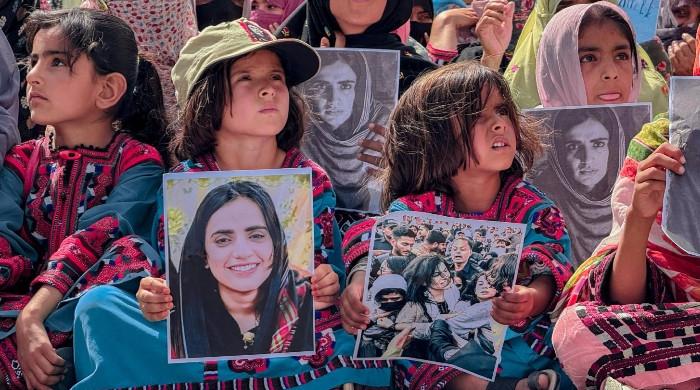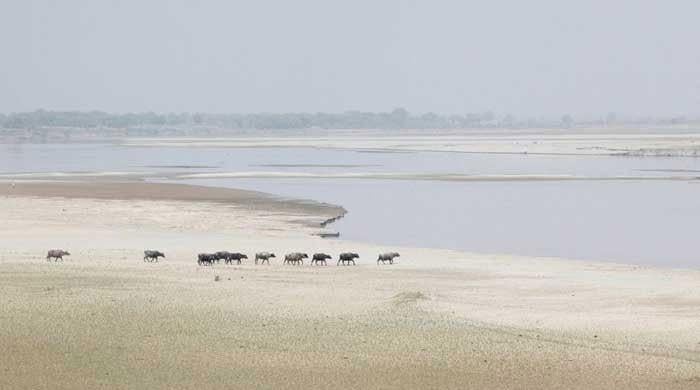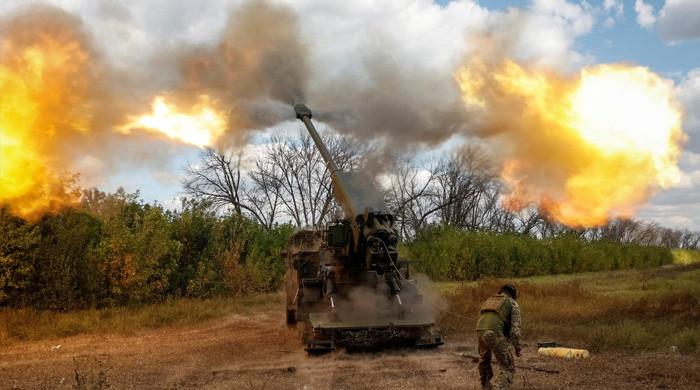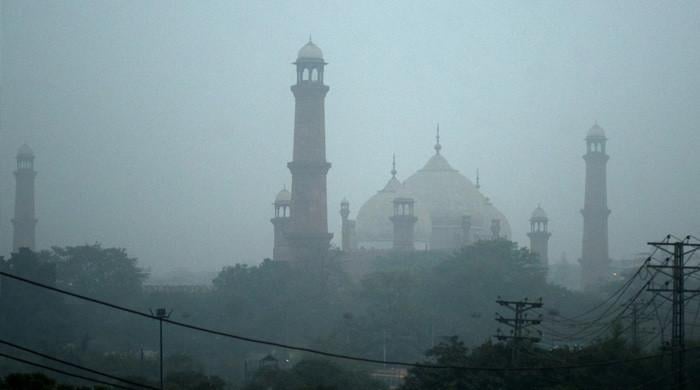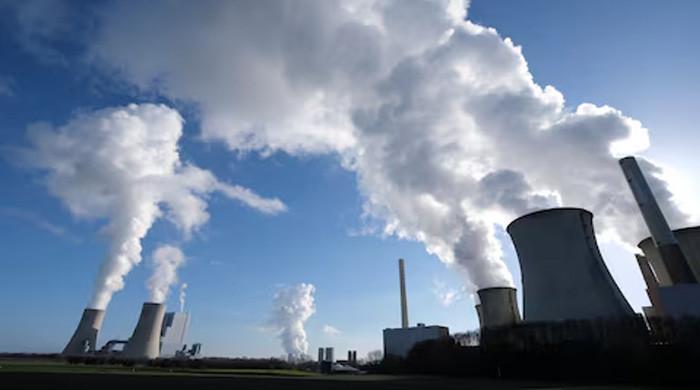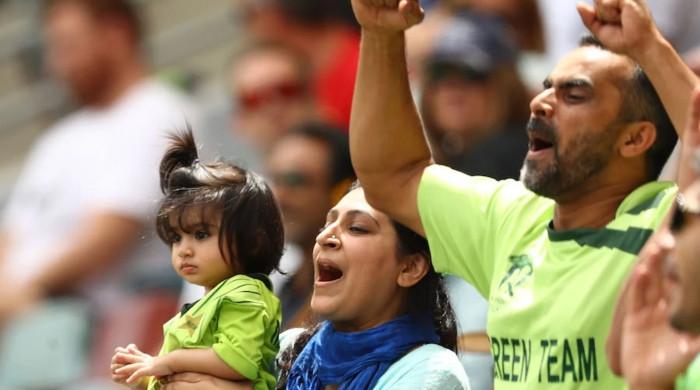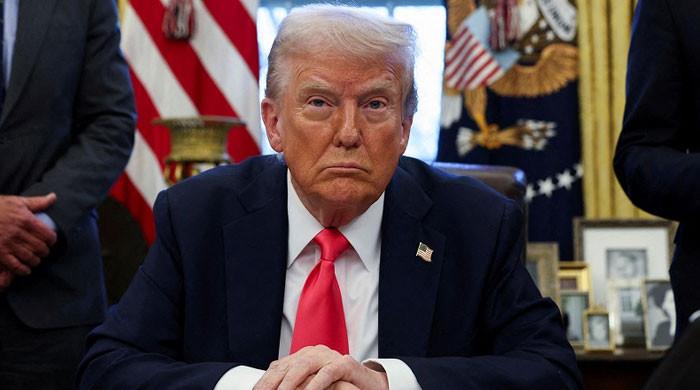Why is Sri Lanka in an economic crisis? Part 1
We seeing a paradox where conventional development indicators all look promising but Sri Lanka had to suffer
July 22, 2022
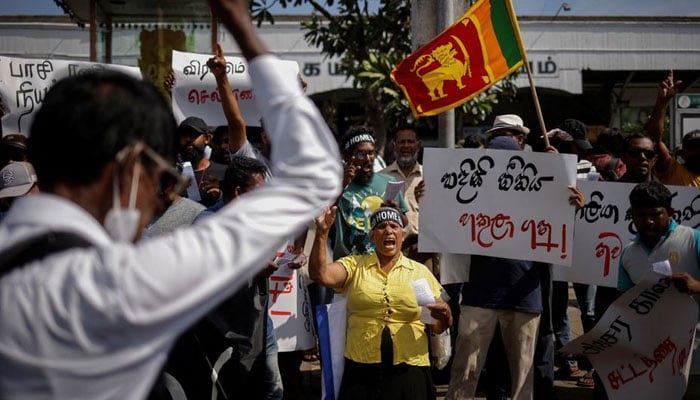
Sri Lanka has long been admired by development economists, international financial institutions, and public intellectuals for leading South Asia in all economic and social indicators. Per capita income of $3853 in nominal terms (almost twice as much as India’s) and $12850 in PPP dollars, poverty headcount (measured at $1.90 per day) less than 1% of the population and multidimensional poverty of 16% placed the country ahead of every other country in the region.
Sri Lanka was the first one to pursue economic liberalization, as early as 1977, by introducing a less restricted foreign trade and investment regime compared to the three large economies in the region. The ratio of exports of goods and services to GDP reached 23.1%. As a matter of fact, in 1977 the aspirational goal for the country was to become the Singapore of South Asia – a place which has since been taken over by Dubai. The long protracted civil war that lasted almost 30 years was a serious setback in translating this vision into fulfilment. After the war ended in 2009, the country resumed the path of recovery and recorded a gradual, slow but stable growth until 2019.
With the highest ranks in the region on the Human Development Index, Human Capital Index, Hunger Index, and population growth rate of 1.1%, 100% enrolment and completion rates in primary and secondary schools with gender parity, literacy rate of 92%, average years of schooling of 11.1 years (almost twice that of Bangladesh), and life expectancy of 77 years the country has piled an impressive record better than any of its neighbouring countries. The same is true in respect of the immunization rate, maternal mortality rate, access to safe drinking water, basic sanitation services, stunting rate (17%) and undernourishment which is limited to only 7% of the population. Electricity is available to 100% of the population. Military expenditure had come down to only 1.9% of GDP, freeing up resources for infrastructure and social sectors.
Thus from an economist’s perspective most of the ingredients for steady inclusive growth and broad-based social and economic development were present. Sri Lanka graduated to become a middle-income country in the early 2000s.
In brief, “Sri Lanka has more happiness, less hunger, better human development, less wealth inequality, and better gender equity” than India, Pakistan or Bangladesh.
The question then arises is: why are we seeing a paradox where the conventional development indicators all look promising but the people of this well-placed country had to suffer within a very short period miserable conditions in the form of high inflation, shortages of food, fuel and medicines, electricity outages for hours, high unemployment, sharp drop in farm incomes, closure of many small businesses and a precipitous decline in their living standards? The state of desperation against living conditions was so intense that a widespread grassroots unorganized spontaneous movement against the ruling class forced the president to abandon and flee the country. The wrath of the people was so severe that another member of the family couldn’t board the plane as the other passengers wouldn’t allow that to happen.
An objective analysis would separate the external factors that impinged upon this dismal state of affairs from the domestic policy failures and lapses, economic mismanagement and poor governance. Of course, the devastation created by the civil war had imposed a huge cost to both physical and social infrastructure. More importantly, the war fractured society and divided people into ethnic and religious groupings. The Covid-19 pandemic did interrupt the recently gained economic momentum as a negative growth rate of 3.6% was recorded in 2020. Lockdowns and the 2019 bombing of the churches in Colombo dried up the tourist traffic – a major source of foreign exchange earnings and also provider of direct and indirect employment in the country.
The recent Russian-Ukraine war and the aftermath of the sanctions against Russia led to a spike in the global commodity prices of food, fuels, and fertilizers. The lockdown in China disrupted the supply chains with its attendant consequences for developing countries. So, unfavourable external conditions contributed to the adversity faced by the country.
Although empirical evidence to determine the relative contribution of external vs domestic factors is not available, the consensus view of analysts and observers appears to postulate that greater damage was done by domestic policy and governance failures rather than the external factors. Mahinda Rajapaksa came to power in 2005 and stayed as president until 2015. He was followed by his brother Gotabaya from 2019-2022. The Rajapaksa family ruled the country for all these years except a short period of four years during which Sirisena held the office of the president. Having been successful in bringing the civil war to an end, the Rajapaksas mobilized their support among the majority Sinhalese population which empowered the president to concentrate powers in his own hands with little checks and balances. The prime minister, the cabinet and the legislative assemblies existed but had little control on what the president was doing.
Mahinda started spending generously on huge infrastructure projects, some of them of questionable economic value; the most notorious that is cited widely in the wrong context of the Chinese assistance programme was the port of Hambantota near his hometown. That was not the only one but many others followed. The family ruled the country for 13 years more than Chandrika Kumaratunga and Jayewardene who each held the office for 11 years. Gotabaya went out of the way by appointing Mahinda as the prime minister, another brother as finance minister, other brothers in Cabinet positions and a dozen of top officials including the head of Sri Lankan Airlines from among other relatives in the family. This brazen act of nepotism along with allegations of systematic corruption and enormous wealth accumulation, transfer and acquisition of assets abroad by the family members at a time when the ordinary citizens were facing economic difficulties was the first trigger of widespread resentment.
The second trigger was when taxes were cut, interest rates reduced, new commercial loans taken, and money supply expanded. Personal income tax, corporate tax and value-added tax rates were reduced, threshold levels raised and sectoral exemptions granted generously, leading to revenue losses exceeding 2% of GDP on an already narrow tax base. As a consequence of these tax cuts and exemptions, one million taxpayers got excluded from tax payments while for others the burden was considerably reduced.
As a result of these uncalled for tax cuts, the revenues-to-GDP ratio slipped from 13.5% to 7.7% of GDP in 2021 while at the same time the expenditure-to-GDP ratio was allowed to escalate to 20.3% from 18.8%. Government subsidies and grants rose to 30% of government spending. Consequently, the fiscal deficit jumped to 12.6%. The automatic fuel pricing mechanism was discontinued, raising fiscal losses of the state-owned enterprises. Fiscal imbalances were financed by resorting to excessive borrowing from the central bank, which resorted to printing high powered money. Money supply increased by 42% in nine months as 588 billion Sri Lankan rupees were printed in the first quarter of 2022 on top of the 1225 billion Sri Lankan rupees in the preceding year.
To be continued.
The writer is the author of 'Governing the ungovernable'.
Originally published in The News




